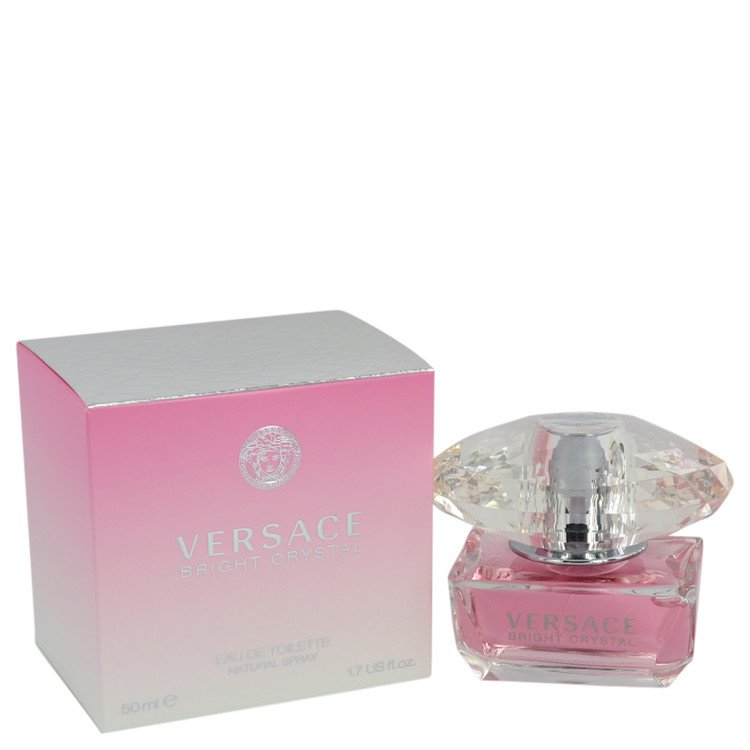FAQ
Fragrances for Beginners
Just What Is the Difference Between Perfume, Eau de Parfum, Eau de Toilette, Cologne, and Testers?
Shopping for fragrances can be confusing or even overwhelming at times. Not only are there top notes, middle notes, and bottom notes, but whole classes of scents. What’s more, once you’ve decided on a scent, you must make another decision: perfume, Eau de parfum, Eau de toilette, or Cologne?
Fragrances are available in perfume, eau de parfum, eau de toilette, or cologne form. The main differentiating factor is the concentration of aromatic compounds in a solvent – that is, how much fragrance is in the formula’s composition. The more actual perfume concentrate it contains, the longer the scent will last on your skin, and the more expensive the product. Following is a breakdown of these categories.Perfume
Perfume, also referred to as perfume extract, is the most concentrated formulation and is usually the most expensive. It contains 15-30% aromatic compounds. Due to its high amount of aromatic compounds also tends to last the longest when applied to the skin. Perfume usually is sold in a small bottle of 1 ounce or less.
Eau de Parfum
Eau de parfum, also called Eau de perfume, is the next most concentrated formula and one of the most popular purchases. It consists of 10-15% aromatic compounds.
Eau de Toilette
Eau de Cologne originated in Cologne, Germany. Today, it is a generic term that defines a class of scented formulations by its typical concentration of about 2-5%. Cologne products are available for either men or women and are sometimes mistaken for aftershave, a formula containing moisturizer, an antiseptic agent, and perfume. In addition, aftershave can be a gel, lotion, or liquid.
